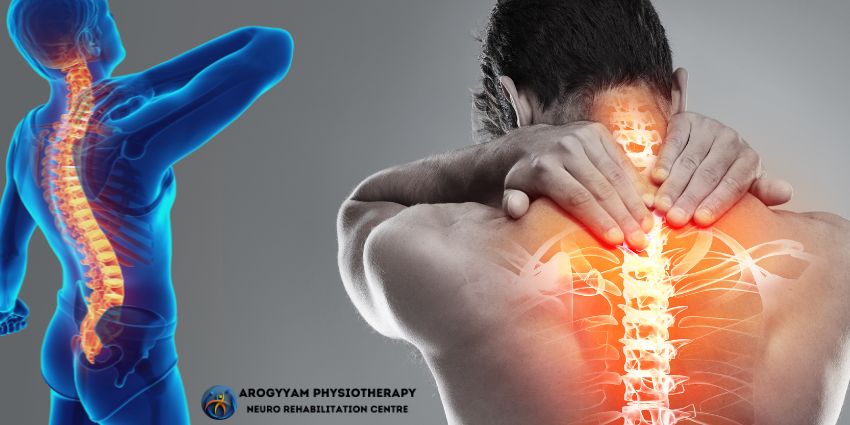Avoiding Low Back Injuries With Squatting
dentifying and Treating Pain from Nerve Tension | Best Physiotherapy for Nerve Pain
Understanding Nerve Tension Pain
Nerve tension occurs when a nerve is compressed, restricted, or stuck within its surrounding tissues, preventing normal movement. This can lead to pain, numbness, tingling, weakness, and reduced mobility, often affecting daily life.
Common Causes of Nerve Tension:
✔ Prolonged Joint Immobility – Lack of movement increases the risk of nerve compression.
✔ Poor Posture & Ergonomics – Slouching or repetitive strain can put excessive pressure on nerves.
✔ Muscle Tightness & Inflammation – Can lead to nerve entrapment and restricted movement.
✔ Injuries or Post-Surgical Scar Tissue – May cause nerve irritation and discomfort.
Signs & Symptoms of Nerve Compression:
🔹 Sharp, Burning, or Radiating Pain – Especially along nerve pathways.
🔹 Tingling or Numbness – Common in hands, feet, and extremities.
🔹 Limited Mobility & Stiffness – Discomfort during movement.
🔹 Muscle Weakness – Difficulty gripping, walking, or maintaining balance.
Best Physiotherapy Treatments for Nerve Tension Relief
✅ Nerve Mobilization Therapy – Restores normal nerve movement and function.
✅ Stretching & Strengthening Exercises – Improves flexibility and reduces compression.
✅ Manual Therapy & Myofascial Release – Relieves tension in surrounding tissues.
✅ Postural Correction & Ergonomic Training – Helps prevent recurring nerve compression.
✅ Pain Management Techniques – Includes electrotherapy, heat therapy, and cold packs.
Role of Physical Therapists Beyond Injury Recovery
Physical therapists do a lot more than just stretch or strengthen weak muscles after an injury or surgery. They are skilled at evaluating and diagnosing potential problems before they lead to more serious injuries or disabling conditions, from carpal tunnel syndrome and frozen shoulder to chronic headaches and lower-back pain. By addressing these issues early, physiotherapy can help prevent long-term complications and enhance overall well-being.
3 Tips to Get Rid of Lower Back Pain from Squats
Lower back pain from squatting is often due to technical errors in form. Whether it’s pain in the lower back, knees, or hips, the root cause is usually improper movement mechanics. Here are three effective tips to eliminate lower back pain during squats:
1. Maintain Proper Form
✅ Keep your spine neutral throughout the squat. ✅ Engage your core muscles to stabilize your lower back. ✅ Avoid excessive forward leaning, which increases strain on the lower back.
2. Strengthen Your Core and Hips
✅ A weak core leads to lower back compensation. ✅ Perform planks, dead bugs, and glute bridges to improve core stability. ✅ Strengthening hip flexors and glutes helps reduce lower back strain.
3. Improve Hip Mobility
✅ Poor hip mobility forces the lower back to compensate. ✅ Incorporate hip flexor stretches and deep squats into your routine. ✅ Use dynamic warm-ups like leg swings and hip circles before squatting.
By applying these corrections, you can prevent lower back pain and squat safely.
Why Choose Arogyyam Physiotherapy & Neuro Rehabilitation Centre?
At Arogyyam Physiotherapy & Neuro Rehabilitation Centre, we provide advanced nerve pain treatment in Ranchi using customized physiotherapy programs for nerve compression relief, mobility improvement, and long-term recovery.
🌐 Visit Our Website: www.arogyamranchi.in
📍 Clinic Address: Sarita Mansion, H.No-41, Indrapuri Lane, Sukhdeo Nagar, Ranchi, Jharkhand 834001
📞 Call Us: +91-8874151284 | +91-9229032132
📧 Email: adarshvishwakarma825@gmail.com
💡 Looking for the best physiotherapy clinic in Ranchi for nerve pain relief? Book an appointment today and experience expert care!

